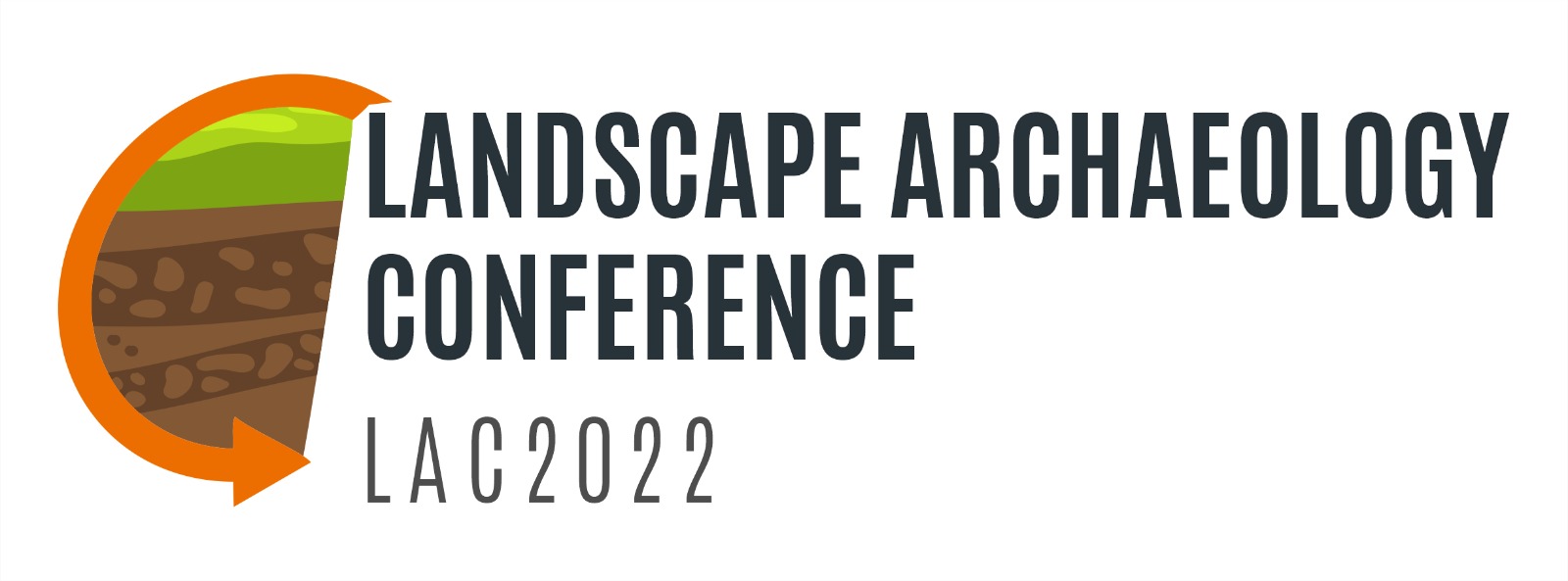Introducing Energy Regimes: A novel method for classifying anthropogenic activities in landscapes
Main Article Content
Abstract
Contemporary biodiversity loss and extreme climate events are a driving force for scientific research. Archaeologists can contribute to this research by using the past to better inform the present and the future. Archaeologists are not the only researchers answering the call to action, nor are they working alone. This has led to an increase in multi-disciplinary research between archaeologists, geologists, geographers, paleo-climatologists, palynologists, ecologists, policy makers, and beyond. While this multidisciplinary research can lead to important results on the topic of human-induced climate change, the theoretical frameworks on how to contextualize this research across disciplines has been lacking. We propose Energy Regimes as a framework to facilitate discussions across relevant disciplines. Energy Regimes are a novel way to categorize archaeological sites, cities, regions, and landscapes based on identified energy sources and the resources the energy sources provide. In this presentation, we will present the Energy Regimes framework and categorization system as well as how it can be implemented within archaeological research. We believe that Energy Regimes provides a solution to language and cultural barriers by acting as a classification system for working across disciplines, at a variety of scales, and across time. They are unique in that they are not associated with specific time periods or cultures, and they are scalable to any time or spatial scale.


